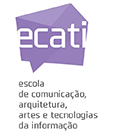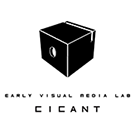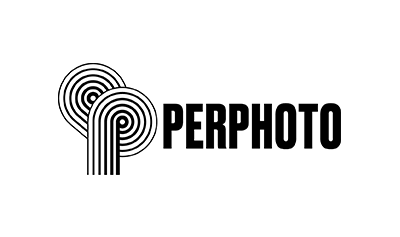Catarina Pereira
This presentation focus on retouching techniques and their use in stereoscopic dry plate negatives.
Materials and techniques are reviewed in relation to non-stereoscopic portrait photography. Aurélio da Paz
dos Reis’ portrait photography is less known. Here a significant contribution is thus given about his
technique and the composition of portraits.
History remembers Aurélio da Paz dos Reis (1862-1931) as the father of Portuguese moving pictures. He is
also known as an active politician, but his main occupation was floristry. He owned “Flora Portuense”, a
flower and seeds shop located in the center of the city of Porto.
He had a press pass and contributed images to periodicals such as “Illustração Portuguesa”. But, as a
photographer, he considered himself an amateur and didn’t have a studio open to the public. Still, his
images show good photographic quality and attention to detail. He photographed his family and friends,
his travels and public events happening around him. He dedicated himself to stereoscopic photography
that he published and sold with the trade name “Estereocopio Portuguez”. He improved his photography
techniques by reading specific literature, contact with professional photographers and through his travels,
including France and Brazil, on different occasions.
Today, at the Portuguese Center for Photography, a good part of Aurélio da Paz dos Reis’ legacy is
preserved. The collection holds more than 9000 dry plate negatives, most of them stereoscopic plates.
His best-known work is exterior photography focused on the moment and the movement. But the
collection also holds stereoscopic portraits of celebrities, mainly actors. These are opposite to the former
because noticeably, they are done with care and time, showing intention and personality, and all of them
present retouchings that are absent in the rest of the collection.
These images represent the artistic society, with whom the photographer had a close relation. But they are
also a testimony of the visual culture and the photographic techniques of its time, and how portrait
photography and retouching always had a special place in the history of photography.
Catarina Cortes Pereira: Presently a Ph.D. student at the School of Arts, CITAR, Catholic University of Porto.
She is developing a Ph.D. project on the subject of Retouched Dry Plate Photographic Negatives from
different Portuguese Collections from the first half of the 20th century. With a fellow grant since 2016 from
the Portuguese Foundation for Science and Technology (SFRH/BD/116315/2016). Researcher at CITAR,
Escola da Artes since 2015 and at Materials Laboratory [LabMat], of the Faculty of Fine Arts of the
University Complutense of Madrid. She obtained a Master’s degree in Science in Conservation by the
Faculty of Science and Technology from the Nova University of Lisbon in 2013 and a Bachelor degree in Art
– Conservation and Restoration at the School of the Arts at Portuguese Catholic University in Porto in 2007.
Working experience includes a fellow grant in Conservation and Restoration for research and conservation
and restoration work at the Laboratory HERCULES, University of Évora from 2013 to 2015. In Spain, she did
did training and an internship at the Conservation and Restoration Institute of Valencia in the Documents
department in 2009.







